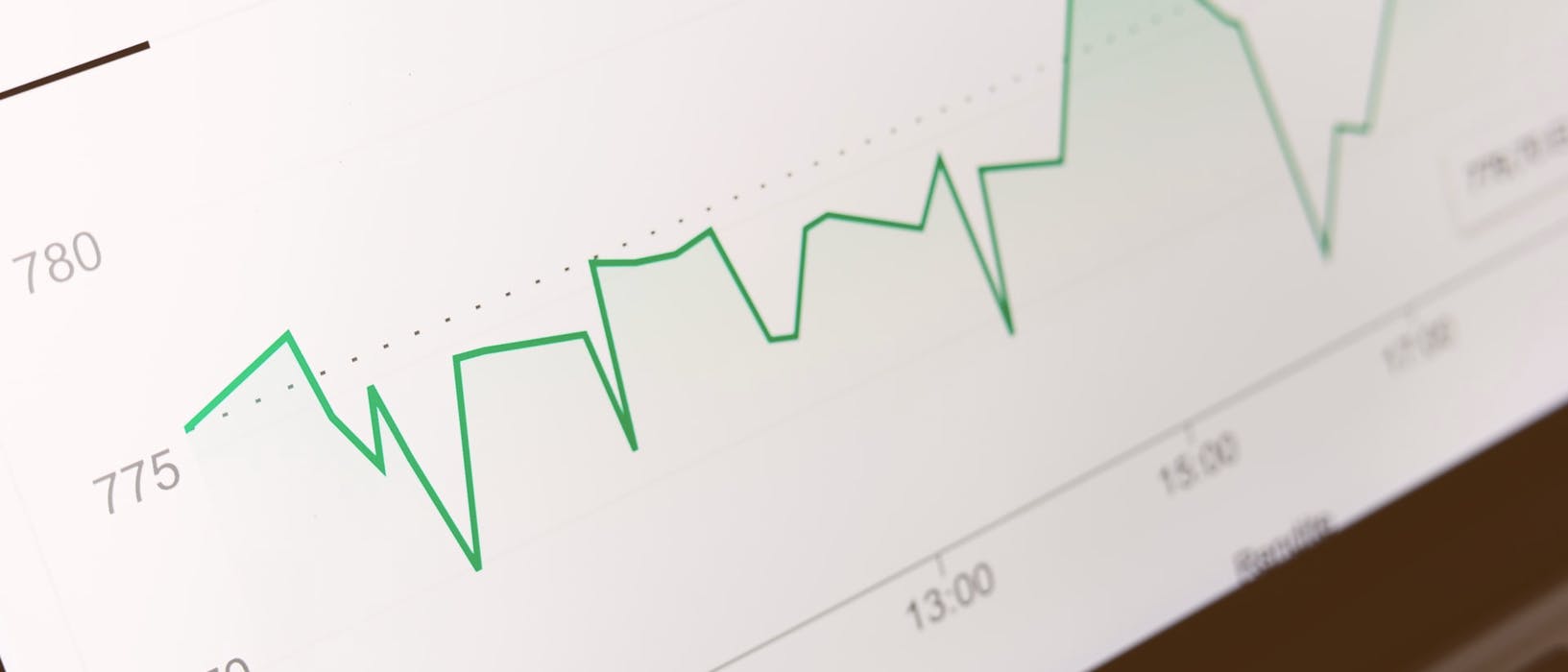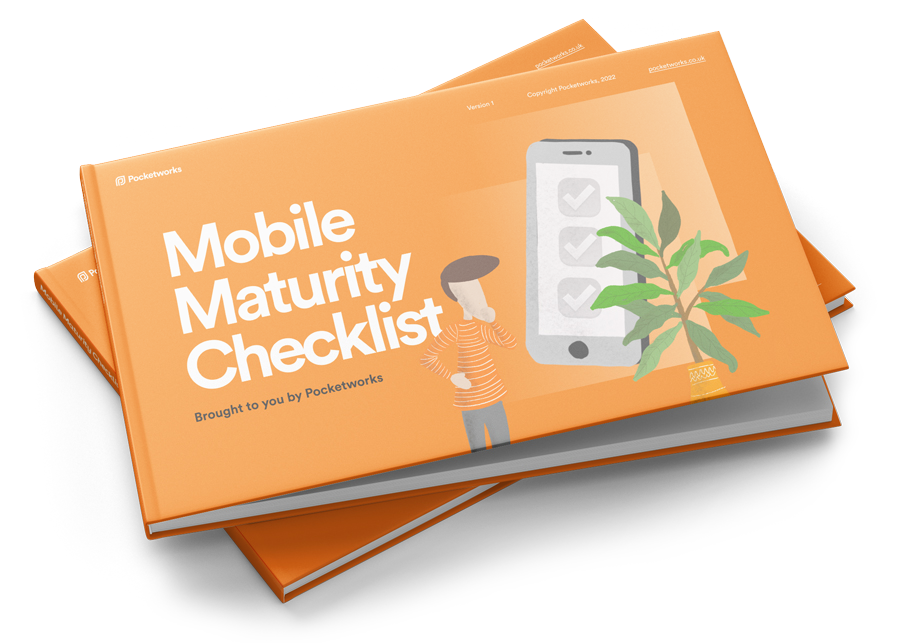A hugely useful thing to do at the start of your app development journey is to establish KPIs that define what success looks like. Aligning your app with business KPIs helps you measure progress and invest your energy in the right places. Your app needs to get results, so use KPIs to frame them in a meaningful way.
What are KPIs?
KPIs are just the numbers that you want to see improve as a result of building your app. Here are some examples.
A taxi rank wants to increase its automated bookings from 40% to 60% to reduce strain on the call centre. The KPI here is "% Automation Bookings".
An online merchant wants to increase the number of customers who order more than once, so it doesn't have to spend so much on Google ads to sell its products. The KPI here might be "% of repeat bookings"
This article is mostly concerned with business KPIs. It's worth noting that each app should have a set of product KPIs (bounce rate, retention, etc.), which I'll talk about separately.
So, where do you start when finding the business KPIs that underpin your mobile app?
Where to start
KPIs are there to steer you toward your goals. So, what changes do you want to make in your business?
- Do you want to attract more customers?
- Or perhaps you want to attract a different type of customer?
- Do you want to reduce the load on your call centre?
- Do you want to encourage more repeat business?
- Do you want to create a new offering with its own revenue stream?
If you have one, your current business or departmental strategy should make it fairly easy to decide the kind of impact you want an app to have. The KPIs are simply measurements of these outcomes.
An example KPI
Now that you know your important goals, it's good to pull out some KPIs and stick a number on them if you haven't already. A target is good too, we like to start ambitious yet realistic.
For example:
- KPI: % Repeat Orders
- Target: We aim for our app to generate a 10% uplift in repeat orders, from 13% to 23% over 6 months.
Now you know what you're shooting for, how will you measure how much your app will move the needle?
Measuring your KPIs
Measuring KPIs starts with data. Once you know what your KPIs are, you need to make sure you capture clean data that gives visibility of what is happening. Then you can use that to observe if you are on track toward your KPI.
If your mobile app is connected to your key business systems, then you'll probably already have something in place to report on your KPIs. It might be your eCommerce system or Tableau, or similar.
The main thing is to make sure your app sends data in such a way that your systems can trace results to your app development effort. If making a taxi app, you'd want to distinguish an app order from an online/phone one.
If you don't have systems in place for telling you this stuff, you can use systems such as Amplitude or Google Analytics to capture and report on these KPIs.

